Ironclad Warships
Ironclad warships were another innovation of the American Civil War. Like submarines and balloons, the ironclad war ship wasn't invented during the Civil War, but the Civil War was the first time ironclads saw widespread, effective use.
In 1592, the Korean Royal Navy launched what some believe to be the first ironclad warship. It was what is known as a "turtle ship," because of its rounded "shell" decking which protected the crew. While it is known that the deck was covered with iron spikes to repel boarders, it is still argued whether there was iron plating on the deck or not.
Other ships sometimes referred to as the "first ironclad" include the Dutch Finis Bellis (1585, meaning: End of War) and the Santa Anna (1522) of the Knights Hospitaller. These claims have problems as well. The Finis Bellis was a complete failure which just ran aground, and it is not certain whether it even had iron plating or not. The Santa Anna on the other hand was a very successful ship, but it had lead plating not iron plating. Therefore it cannot really be called an ironclad warship. Also, it is not clear if the lead was intended as armor or if it was simply a means of ensuring water-tightness.
While these ship's status as ironclads is in dispute, there is no doubt that there were ironclad warships built and in use before the American Civil War. In 1859, the French Navy launched the first true ironclad warship, the La Gloire. The British Royal Navy responded by launching the ironclad HMS Warrior in 1860. Both nations had at least 16 ironclads either in service or under construction by 1862.
The first actual use of an ironclad warship in battle was not seen until October 12, 1861, when the CSS Manassas (left) participated in the Battle of the Head of Passes on the Mississippi River delta.
The success of ironclads during the American Civil War showed that the age of the wooden battleship had passed. For the final nail in the coffin of the world's wooden navies we can look to the first battle between two ironclads at the Battle of Hampton Roads in 1862. Wooden warships were now obsolete.
Confederate VS Union Ironclads...
At the outbreak of the war, the US Navy did not have any ironclad warships, but most of the US Navy remained loyal to the Union. To overcome this disadvantage, the Confederacy decide to pursue the construction and purchase of ironclads as a way to gain some sort of naval advantage.
In response to this effort, the Union began building their own ironclads. This included two main styles, the ocean-going Monitor class ironclads and City class ironclads used for river warfare.
The Confederacy made a number of ironclads by armoring wooden ships. A couple of the most famous were the CSS Manassas and the CSS Virginia. The Manassas was converted from the old ice-breaking steamer Enoch Train, and was the first ironclad to engage an enemy in battle on October 12, 1861. She went on to face Union ships on their way to New Orleans. In this fight, she inflicted damage on a couple of ships, but ran aground and was sunk in April 1862. The Virginia was converted from the old USS Merrimack at Norfolk, Virginia. She wreaked havoc on the Union's wooden warships in the Battle of Hampton Roads, sinking both the USS Cumberland and the USS Congress. The arrival of the USS Monitor led to the first meeting of two ironclads on March 9, 1862, which resulted in a draw. In May 1862, the Virginia was stranded alone in the James river due to her deep draft and was scuttled to prevent her from falling into Union hands.
The Confederacy also built a number of ironclads from the keel up. My favorite among these was the CSS Albemarle (right). The Albemarle was built in North Carolina on the Roanoke River by nineteen-year-old Gilbert Elliott. Her first action was in April 1864. The Albemarle was moving down the Roanoke when she was attacked by two Union steamers. She rammed and sank the first one. The second steamer retired after her first shot rebounded off the Albemarle's armour and killed the Union commander. In May the Albemarle bolstered her image of being unsinkable...
On this occasion, she withstood the attack of four Union ships mounting more than sixty guns total. She disabled one Union ship and absorbed more than 500 shots before steaming back home. She was finally sunk in October by a steamer with a spar torpedo during a Union night raid made for that purpose.
Confederates also tried to buy ironclads from the European powers, but it never worked very well. Most were seized before they could ever be delivered. In a secret deal one ironclad, the CSS Stonewall, was purchased without the knowledge of the French government, but this ship was not purchased until January 1865 and did not arrive before the end of the war.
The Union's first ironclad warship was of the City class built by James B. Eads for operation on the rivers of the western front of the Civil War. One of those first ships was the USS Cairo (left) launched January 25,1862. Not only was the Cairo one of the first Union ironclads, she was also the first armored warship to be destroyed by a naval mine. The Cairo was sunk on the Yazoo River while clearing mines in preparation for the attack on Haines Bluff, Mississippi. Eads' City class ironclads participated in almost every naval engagement in the west from February 1862 until the end of the war.
After Union spies revealed the fact that the Confederacy was working on the CSS Virginia in Norfolk, the Union Navy flew into action. Union Navy leaders knew that if they did not have a counter for the Virginia, it would be able to travel with impunity. Therefore, an ironclad was built according to the design of Mr. John Ericsson. This ship was called the USS Monitor and was launched on January 30,1862.
The Monitor's duty was to race to Hampton Roads and prevent the Virginia from destroying the Union blockade there. When she arrived she participated in the first battle between two ironclad warships; although the battle was a draw, she was successful in saving the remainder of the blockade.
The Monitor was so successful, that the Union built a fleet of fifty Monitor class ironclads. These ships served a major role in the Union Navy for the remainder of the war.
Civil War Ironclads
While the first ironclad warships may predate the American Civil War, the Union and Confederate navies pioneered both the use and design of these powerful ships.
The exploits of ironclad warships, on both sides, proved without a doubt that the age of the wooden ship-of-war was over. The Battle of Mobile Bay (right) really drives that point home. Despite having 11 wooden ships, the Union needed its Monitor class ironclads to take a large confederate ironclad, the CSS Tennessee. Even though they weren't invented during the war, Civil War ironclad warships ushered in a new era in naval warfare.
By the end of the Civil War, the rest of the world had taken notice. Everyone was tying to bring their navies up to date as the old wooden ships became obsolete, and 1864 marked the last major naval engagement between squadrons of wooden ships.
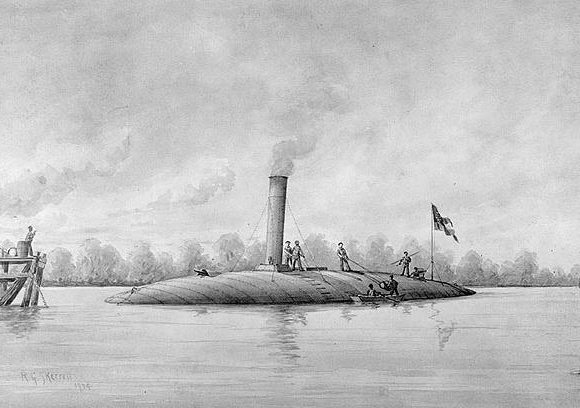

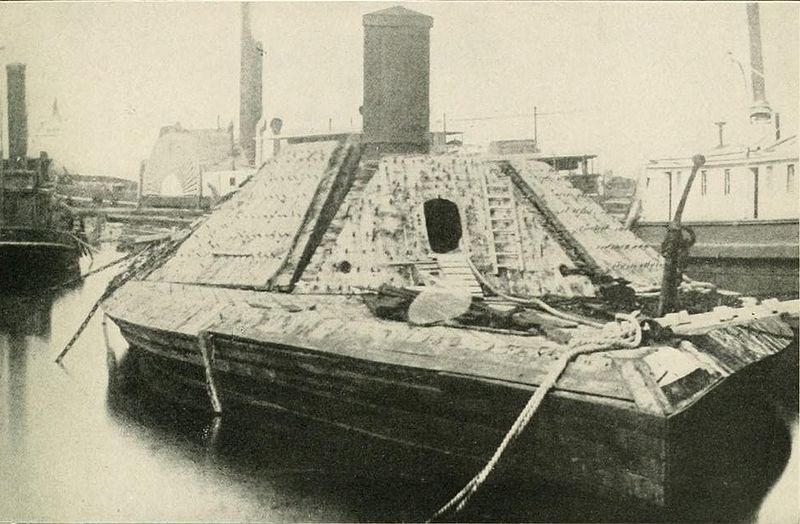
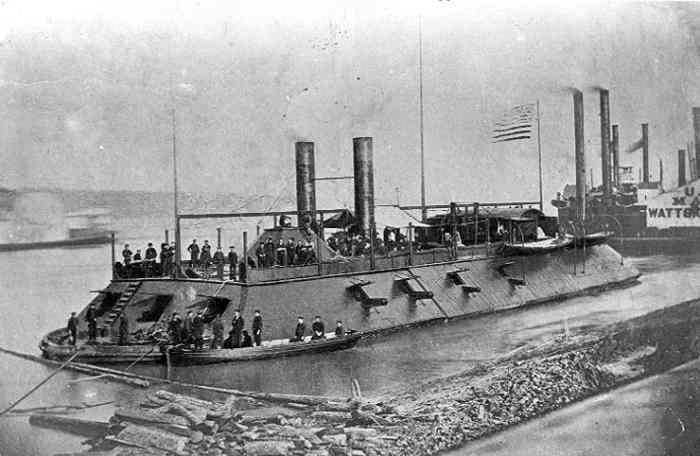
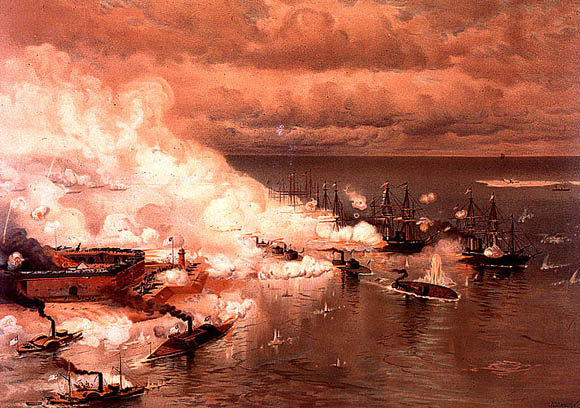





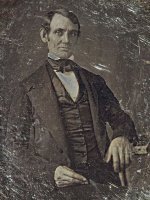
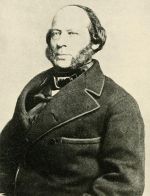
New! Comments
Have your say about what you just read! Leave me a comment in the box below.